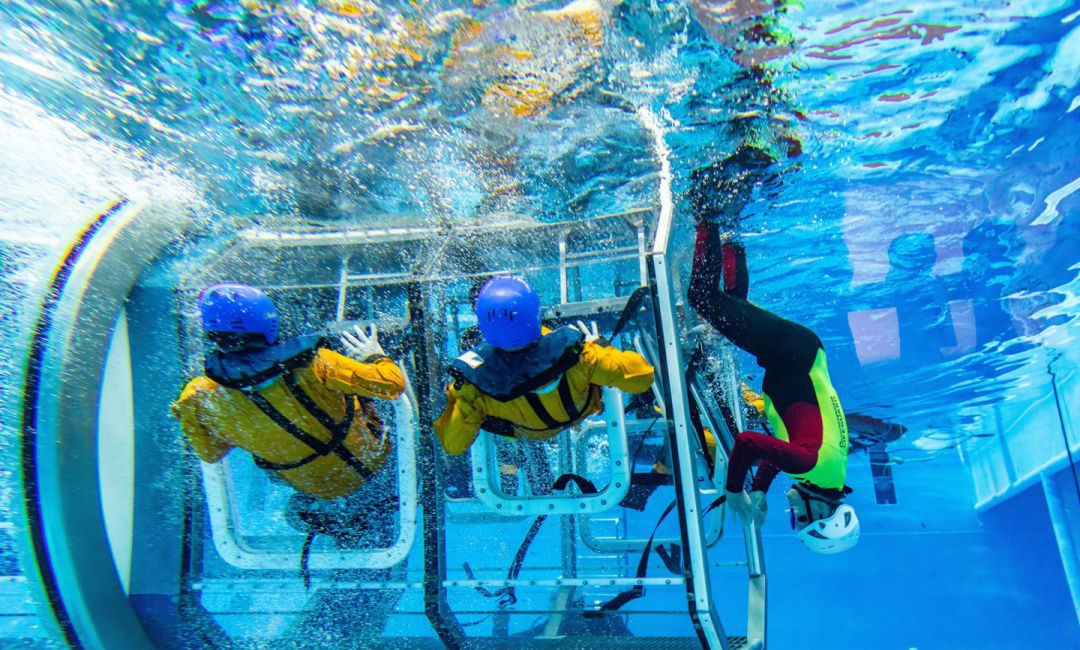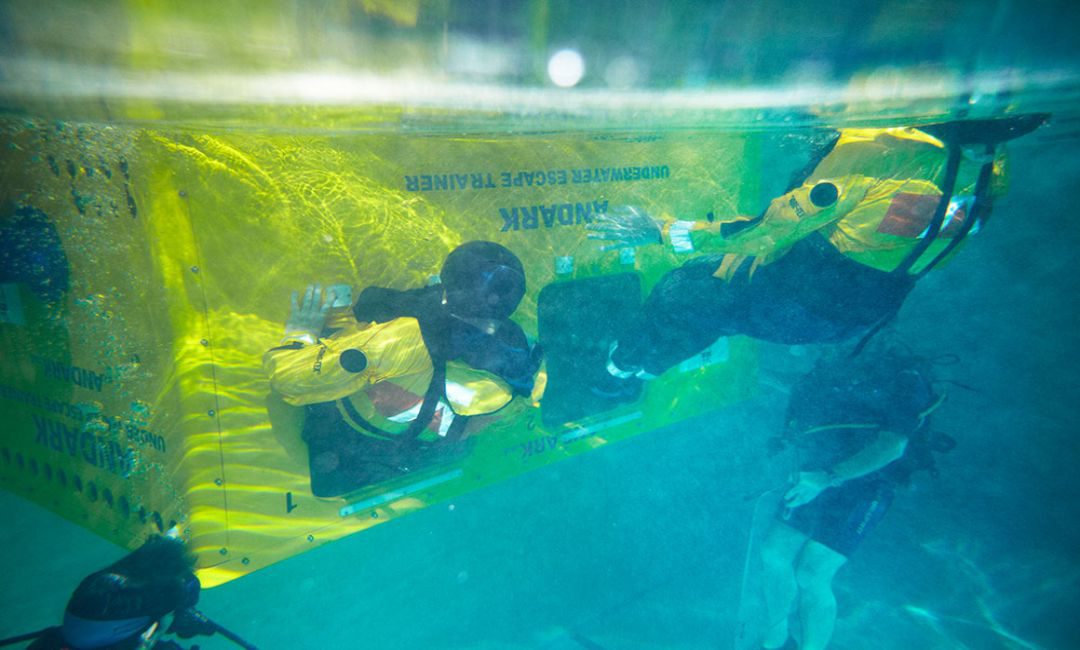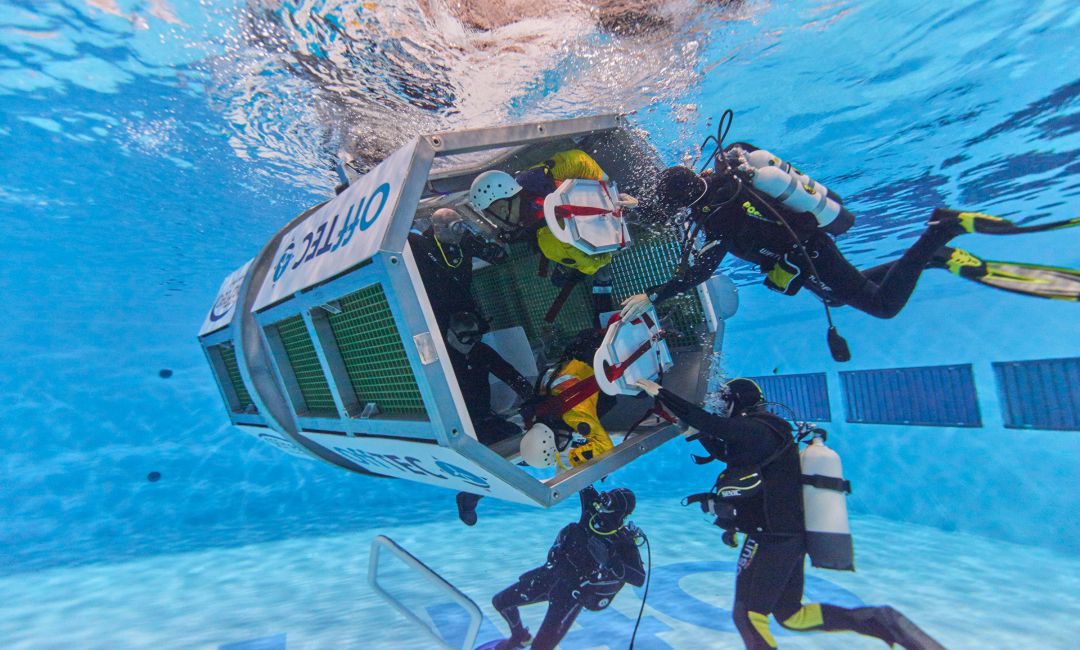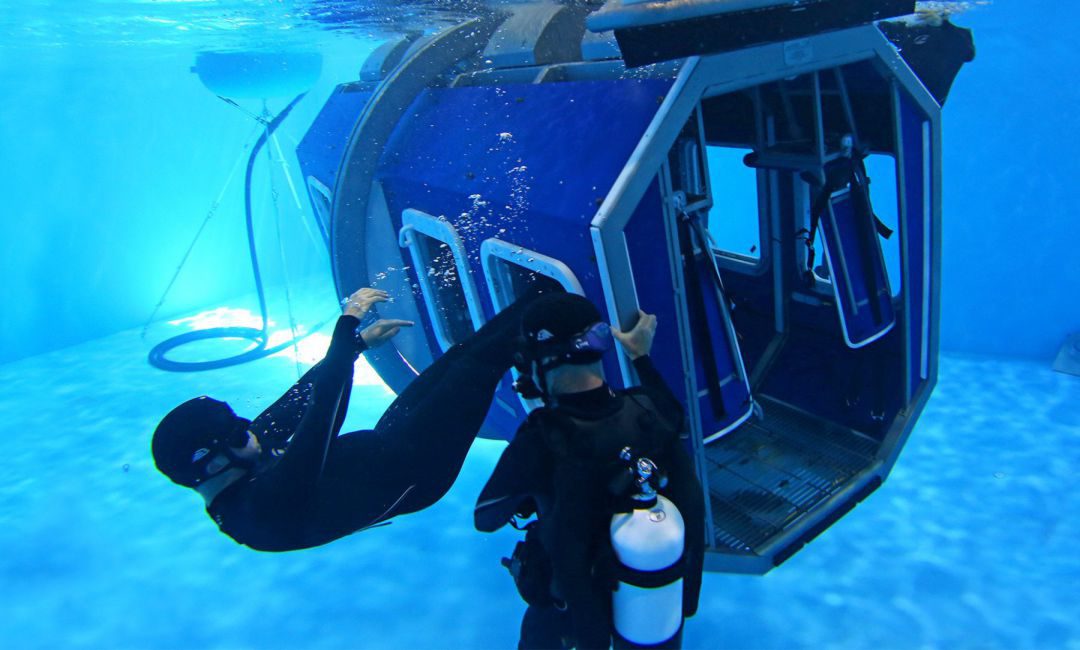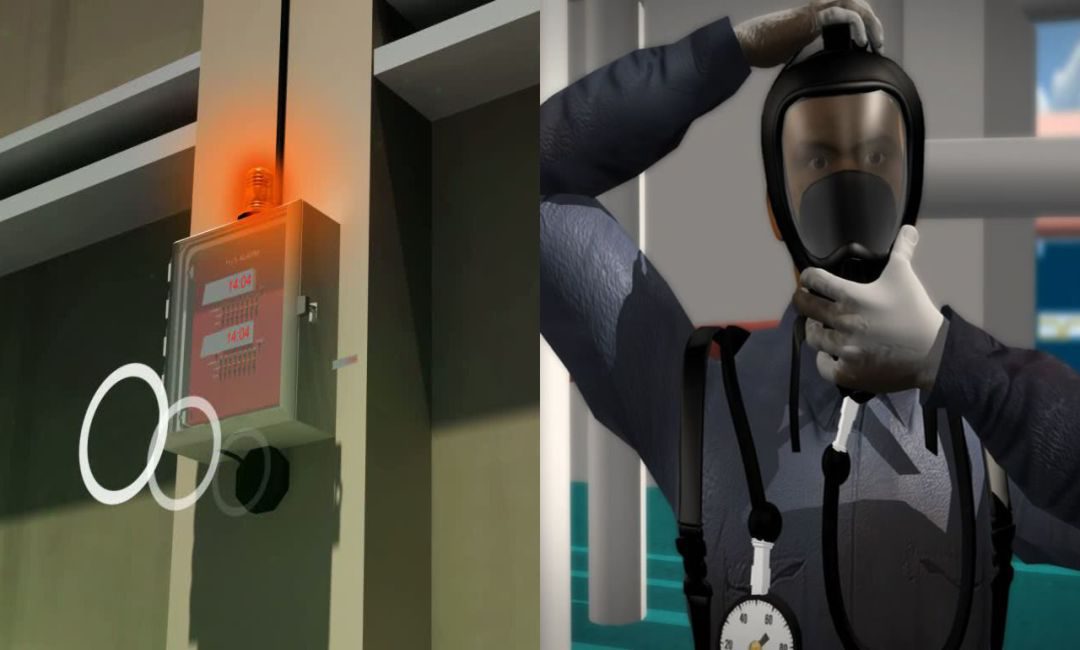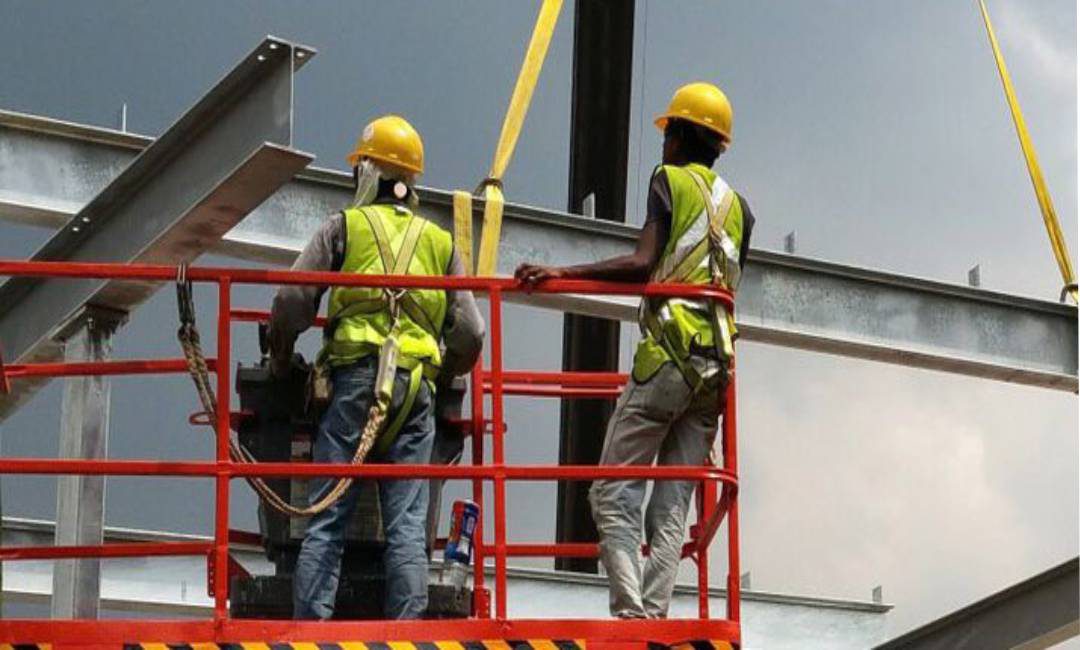COURSE: HELICOPTER UNDERWATER ESCAPE TRAINING
COURSE CODE: HUET
COURSE DESCRIPTION:
This module has proven to be the most efficacious Helicopter Underwater Escape Training Module, since it is designed to float with personnel onboard and can capsize either sides (left or right) and can simulate a ditching effect with the tail hitting the water and with the nose or windshield of the helicopter hitting the water, Which is not possible with the full sized gantry raised simulator which can only turn side-ways.
COURSE CONTENT:
Introduction
Helicopter Travel
o Pre-boarding
o Safe boarding
o In-flight
o Safe disembarkation
Helicopter Emergencies
In-flight emergencies
Ditching and emergency landing
Evacuation
Donning of a transit type survival suit, emergency breathing system equipment and an aviation lifejacket
Aircraft flotation characteristics
Emergency equipment onboard
Escape routes
Exit points and their operation
Survival techniques following evacuation
The principles of emergency breathing system equipment.
The duration of emergency breathing systems.
Flotation dynamics associated with emergency breathing systems and equipment.
The strong points of the course shall be focused on
a. Donning of a transit type survival suit, emergency breathing system equipment and an aviation lifejacket.
b. Verifying the integrity of the emergency breathing system equipment.
c. Carrying out re-breathing actions using emergency breathing system equipment at atmospheric pressure in dry conditions.
d. Carrying out breathing actions in a pool environment utilising personal air (must experience positive and negative pressure created by body orientation in the water).
e. Preparation for a helicopter ditching/emergency landing.
f. Evacuation from a helicopter using a nominated exit, following a controlled emergency descent to a dry landing.
g. Dry evacuation, using a nominated exit, to a Heli-raft from a helicopter ditched on water (including deployment of EBS equipment and operation of a push out window), assisting others where possible and carrying out vital and secondary actions.
h. Escape through a window opening which is under water, from a partially submerged helicopter (without deploying EBS equipment or operation of a push out window).
i. Escape through a window opening which is under water, from a partially submerged helicopter (deploying & operating EBS equipment but without operating a push out window).
j. Escape through a window opening which is under water, from a partially submerged helicopter (deploying & operating EBS equipment and operating a push out window).
k. Escaping through a window opening which is under water, from a capsized helicopter (without deploying EBS equipment or operating a push out window).
l. Escaping through a window opening which is under water, from a capsized helicopter (deploying EBS equipment on surface prior to capsize but without operating a push out window).
m. Escaping through a window opening which is under water, from a capsized helicopter (deploying EBS equipment on surface prior to capsize and operating a push out window).
n. Inflation of an aviation lifejacket, deployment of a spray visor and boarding of a Heli-raft from the water.
Target Audience
All Offshore workers who use Helicopter to their place of work
Duration:
One Day
Methodology:
Digital in-focus projector to display lecture slides Class room session to include Pre-flight safety briefing film Course manual for all participants; Practical exercise at the swimming pool for simulations At the end of the course participants shall be issued a certificate and a HUET PASS
Participant per Class
Minimum 6
Revalidation:
Every Four years
Health:
All delegates will be asked to complete a medical questionnaire prior to course commencement.
Commencement Date:
Course scheduled on request – please contact our Training Manager on 08038873527 or visit www.workplacesafetynig.com/calendar to view our training calendar


